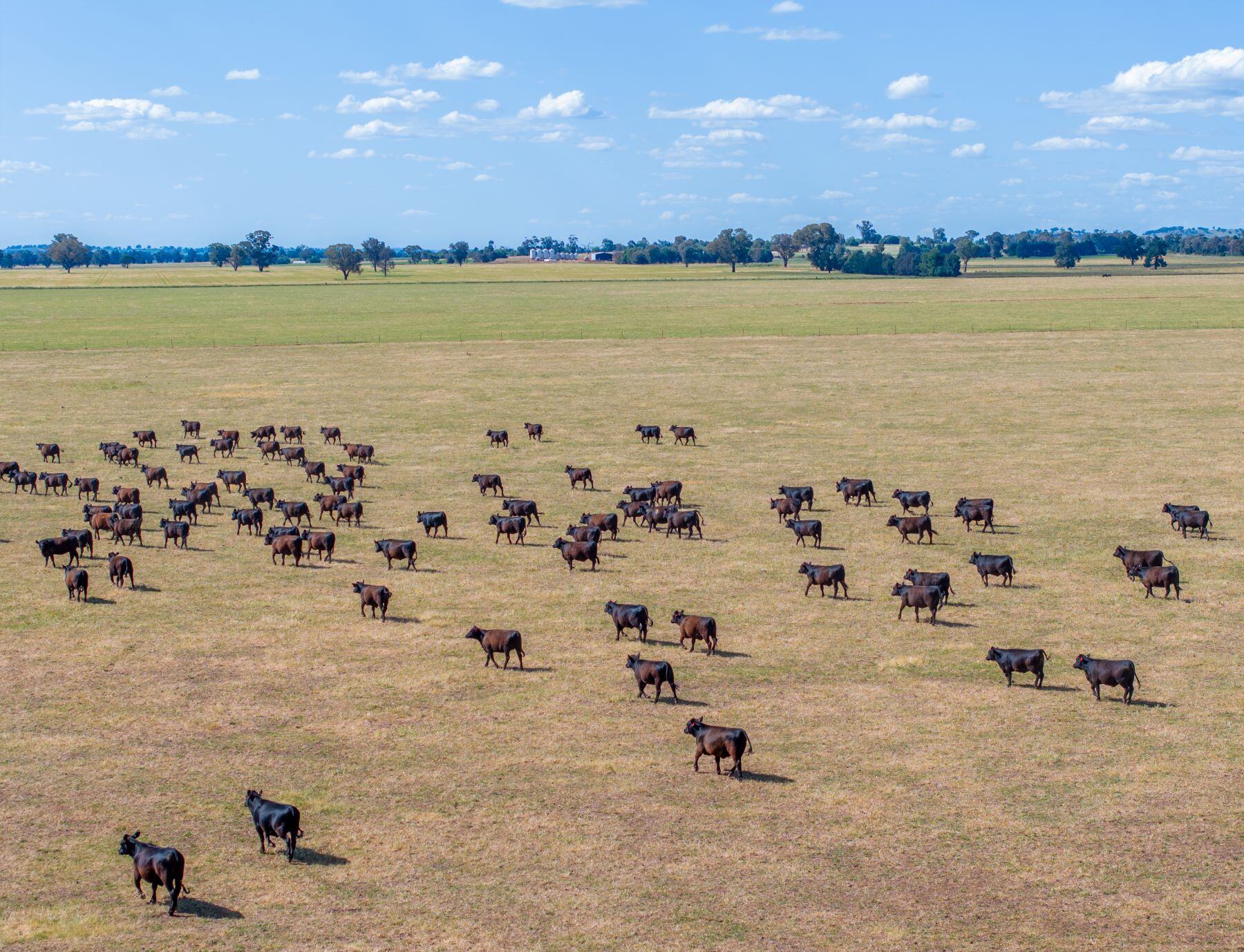The Australian Beef Market in 2025: An Absolute Cracker
In this column in July, the StoneX H2 2025 Australian Cattle & Beef Market Outlook’s bold calls were analysed and assessed for what the final 6...

Foetal sexing is an uncommon measure, however, it can offer producers the advantage of foresight as well as a point of difference when selling PTIC lots.
Holbrook Vet Centre’s Dr Shane Thomson has been providing the service for 10 years, and believed the testing was optimal for producers who are looking to “make sale animals more interesting or help to decide which animals to keep when you need to reduce numbers”.
“There’s two ways to determine the gender of a foetus. One is to use sex sorted semen, so you inseminate them with a known gender semen, and that produces calves that are 95% of that gender,” Dr Thomson said.
“The other option is to go in and just use normal semen or bulls and to determine the gender of the foetus, then you've got to ask yourself, what are you going to do with that information?
"Producers can use the information to decide which animals to sell or keep when reducing numbers.
“The process costs $25 per head and has a 98% accuracy rate, with testing performed between 55 and 90 days after insemination," he said.
Foetal testing is more likely to be used by seed stock producers or during dispersal sales, where known-gender pregnancies can be listed in sale catalogues. This insight allows producers to balance herd numbers, focus on replacement breeders, or emphasise male calves for market turnover.
"The testing is 98% accurate. The outlying 2% is based on the chance of twin pregnancies being a different gender is the main cause of error," Dr Thomson said.
“It'll take 50% extra time on a preg test, and is of no consequence to the pregnancy.”
This foresight could assist in balancing herd numbers and ensures producers are not caught short on replacement breeders, which can be crucial when female livestock are in high demand.
Conversely, during a destocking phase, identifying male calves early can aid in decision-making by focusing on bull calves for quicker turnover and increased market returns.
As cattle prices fluctuate, producers can optimise their operations by adjusting their herd management to the projected market needs — whether it’s increasing feeder steer production or selectively marketing all-male or all-female calves to maximise profit.
The Thomson family, owners of Shacorrahdalu Angus, are among a rare few that have used foetal sex testing to enhance their commercial offering. For the past four years, they have been applying this method to a small portion of their commercial herd, offering a point of difference to potential buyers.
“People take interest and ask questions about it, because it is uncommon,” said Damien Thomson, reflecting on the growing interest in the practice.
The AuctionsPlus Eastern States Cattle Sale will feature 157 of the Thomsons’ PTIC Angus heifers for sale across eight lots on Friday. The heifers, aged 16-18 months, are offered in lots based on the sex of their pregnancies.
This approach gives buyers a rare opportunity to choose heifers with either all-male or all-female calves, allowing them to tailor their purchases to their specific production goals.
In one offering, 43 PTIC heifers, identified as carrying 100% male calves, will be sold in two even lots. These heifers have been preg-tested in calf to Shacorrahdalu Tank T385, an elite AI sire.
“This offers the purchaser the rare advantage of being able to then market 43 AI calves; same sex, same industry-leading sire, and same age. This option is especially appealing to buyers looking to increase their feeder steer production,” Mr Thomson said.
Meanwhile, for those focused on herd expansion, the Thomson family is offering 62 PTIC heifers carrying 100% female calves.
According to Mr Thomson, purchasing these lots “will be beneficial to someone looking to start or rebuild a herd”.
.jpg)
In this column in July, the StoneX H2 2025 Australian Cattle & Beef Market Outlook’s bold calls were analysed and assessed for what the final 6...
.png)
Each December we save the last article of the year for a bit of a crystal ball gaze, as we try to bring together market fundamentals and work out...
.png)
Australia’s wool market posted another strong performance this week, with all micron categories attracting solid support across the three selling...